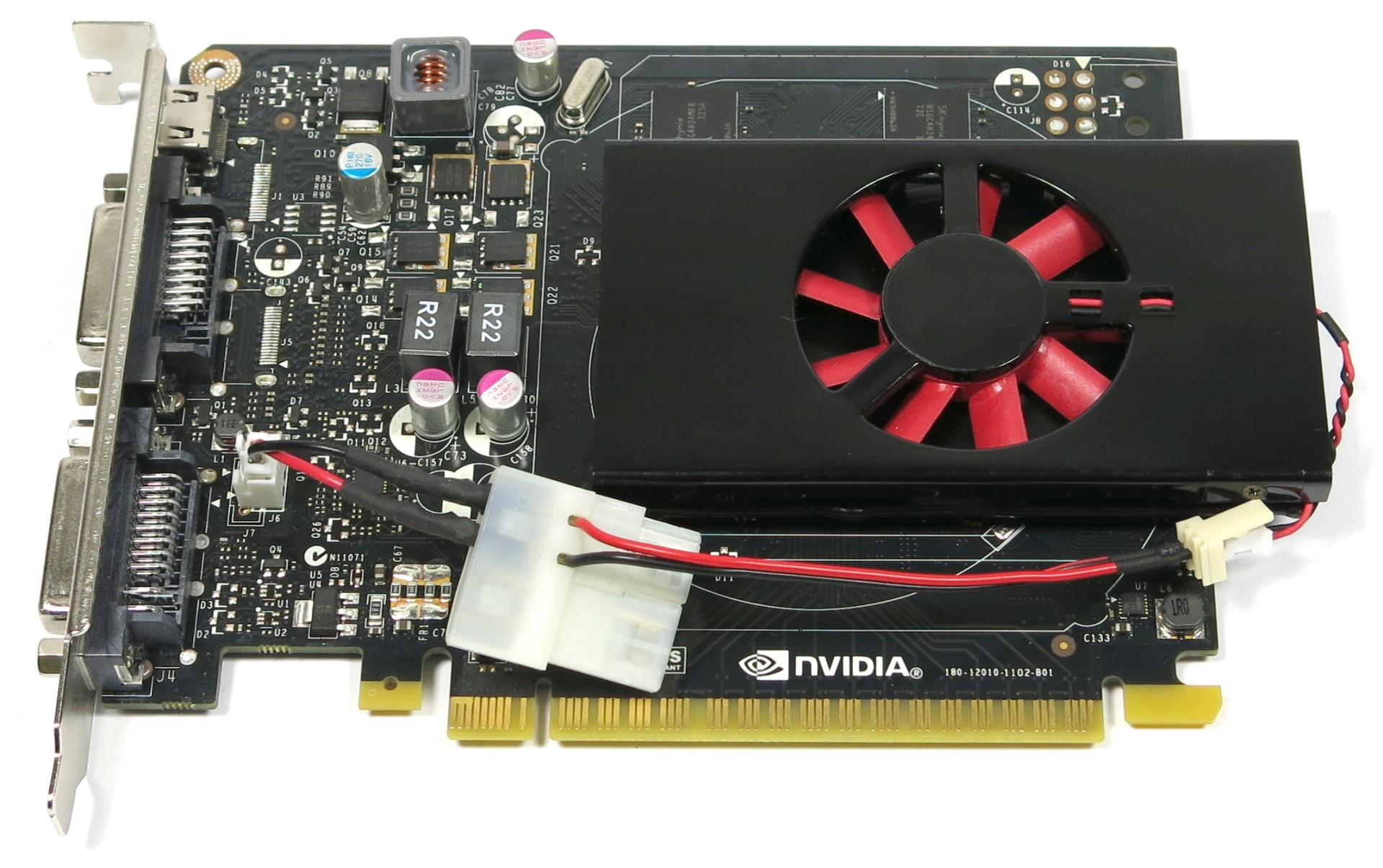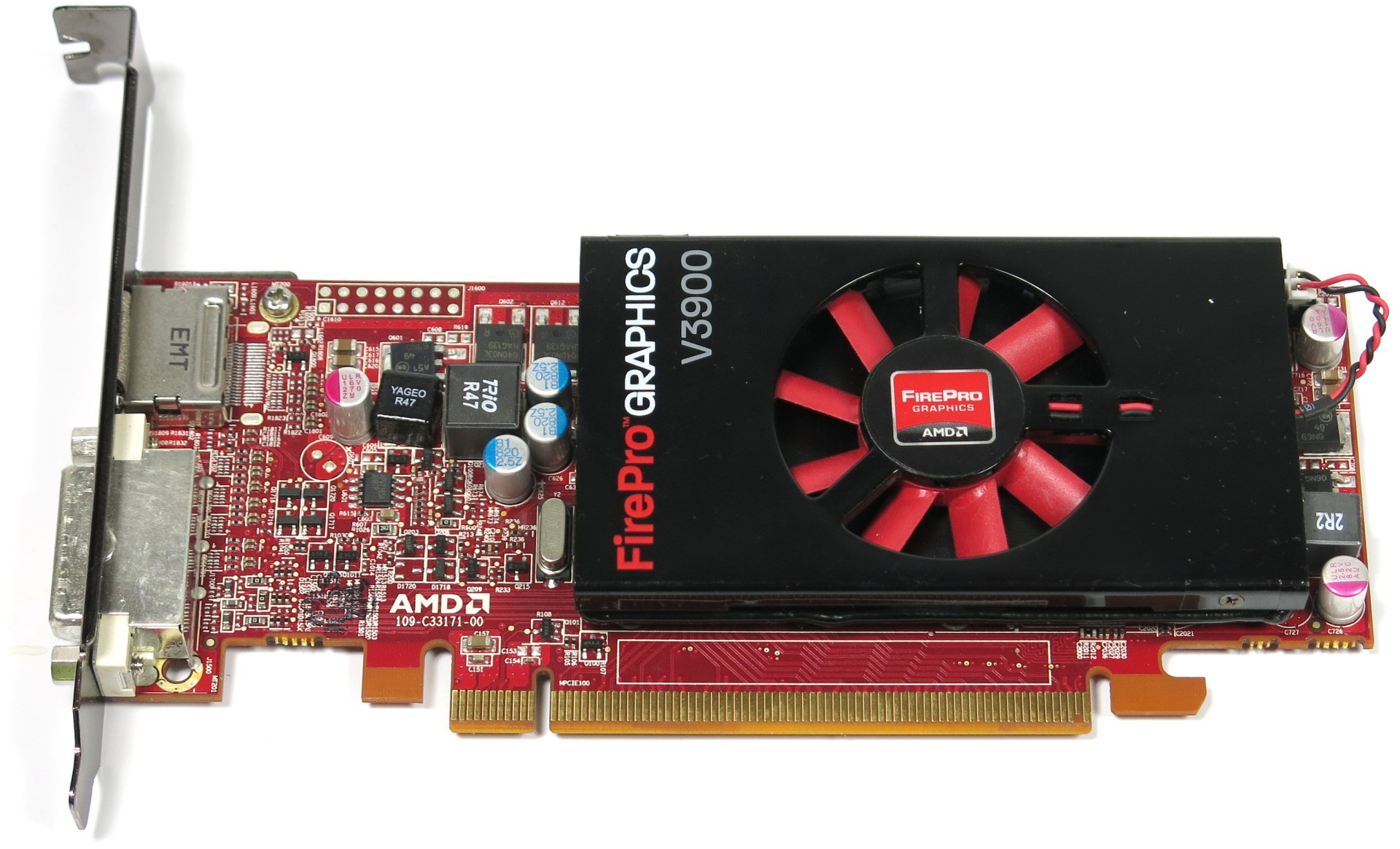Build Your Own: Single-Slot GeForce GTX 750 Ti
We already proved that it's possible to game on a GeForce GTX 750 Ti with a passive heat sink. Now we're going to do the same thing with a single-slot cooler. Can you build your own low-profile board based on GM107? Sure, if you have the right AMD donor.
Nvidia Gets A Little More Support From An AMD Cooler
We received plenty of feedback from our U.S. and German audiences on Passively Cooling Nvidia's GeForce GTX 750 Ti...With An AMD Sink, and we wanted to give customization another shot. What can you expect this time around? We'll see (yet again) that Nvidia's GPU Boost is quite effective as a thermal protection mechanism. And we'll toy around with single-slot coolers from AMD graphics cards to make today's story happen.
Our spare parts come from AMD's FirePro V3900. That board is based on a Turks GPU, which takes us back to 2012 and a 40 nm manufacturing process. A 50 W thermal ceiling is lower than what Nvidia's card needs to handle, but the GeForce GTX 750 Ti is more elegant with its power management, and we have to believe AMD's thermal solution has some headroom built in.
Still, the question remains: can the single-slot, low-profile FirePro V3900's heat sink and fan keep Nvidia's first Maxwell-based GPU running stably?
How much performance might you sacrifice in the process of dipping from a dual- to single-slot cooler? That's probably the most important question coming from HTPC and small form factor enthusiasts.
Let's get to work customizing our board in order to answer that question.
Get Tom's Hardware's best news and in-depth reviews, straight to your inbox.
Current page: Nvidia Gets A Little More Support From An AMD Cooler
Next Page Building Our Own Nvidia/AMD Hybrid
Igor Wallossek wrote a wide variety of hardware articles for Tom's Hardware, with a strong focus on technical analysis and in-depth reviews. His contributions have spanned a broad spectrum of PC components, including GPUs, CPUs, workstations, and PC builds. His insightful articles provide readers with detailed knowledge to make informed decisions in the ever-evolving tech landscape
-
de5_Roy i've been waiting to read it for a while. it was very good.Reply
one aspect of gcn based radeons is that despite their low power use in entry level cards, all of them use higher amount of pwoer during bluray playback. both kepler and maxwell (gm107) use quite less. a single slot, low profile operation, a card with gpu like gm107 will be very suitable for htpc. not to mention the sheer amount of gaming performance advantage over other gfx card around the same power use. hopefully, the future 20nm gpus will introduce even more performance under the same power use. -
dish_moose I get a little cautious about making holes in multi layer pcbs and using metal screws. Without knowing the power plane structure and clearances, you gamble shorting out internal layers if you are not lucky/careful.-BruceReply -
jamesedgeuk2000 I think I have noticed a flaw with what you guys did here. The card only supply's power to the fan it doesn't regulate PWM or sense RPM, so am I correct in assuming that it's using voltage regulation to control fan speed and therefore doing it blind based on it's temperature curve? If so then as you have replaced the standard fan with a much weaker one you should really consider raising the fan curve to compensate.Reply -
CodeMatias Why not use a K2000 cooler? also nvidia small die so it might work better, and K2000 is ~80W so it should cool the 750ti just fine.Reply -
CodeMatias ReplyAnd now... fitting a Titan/780 Ti cooler to a 290X. ;)
Asus already did... It doesn't work, the 290X just draws too much power -
AndrewJacksonZA Reply
Yes silverblue, yes! :-)12865804 said:And now... fitting a Titan/780 Ti cooler to a 290X. ;)

